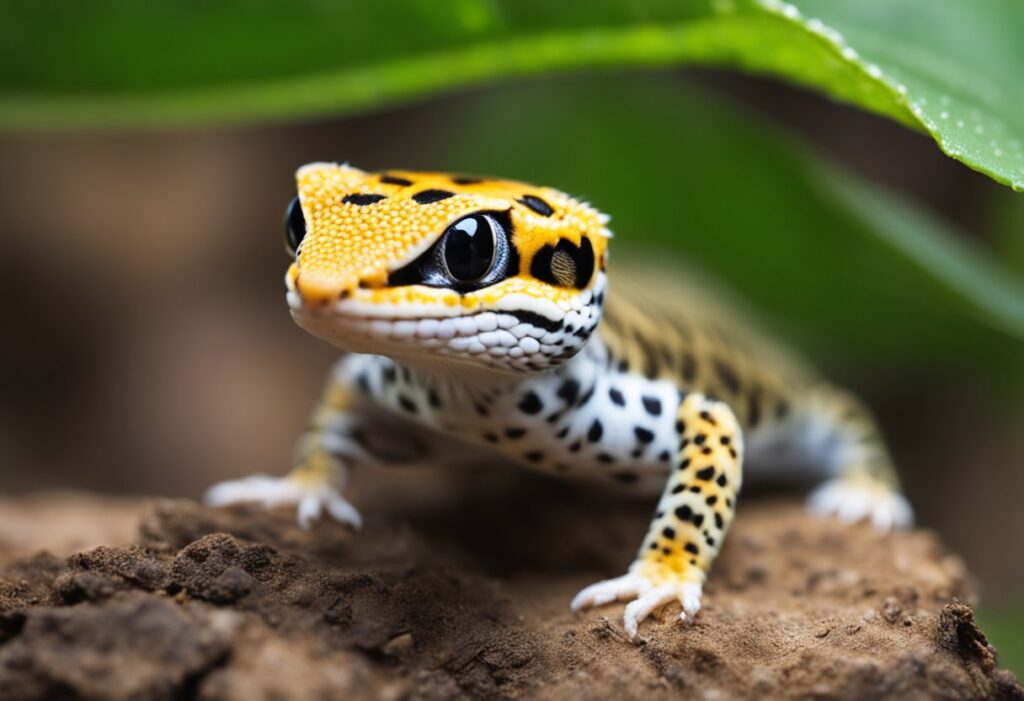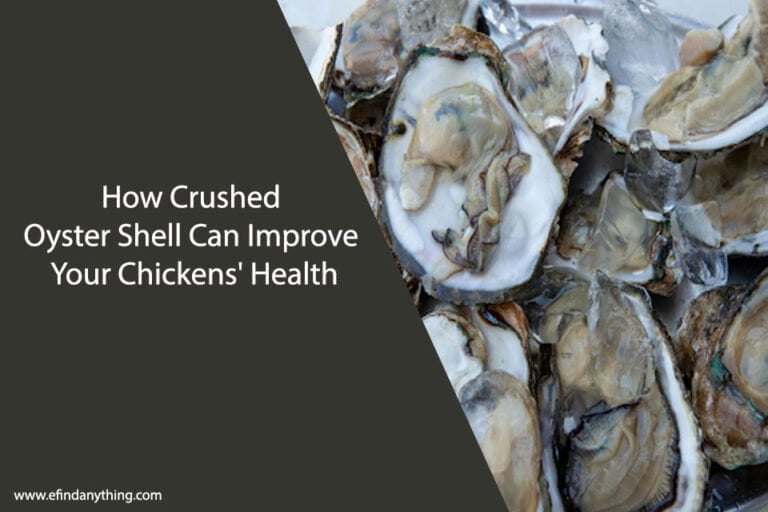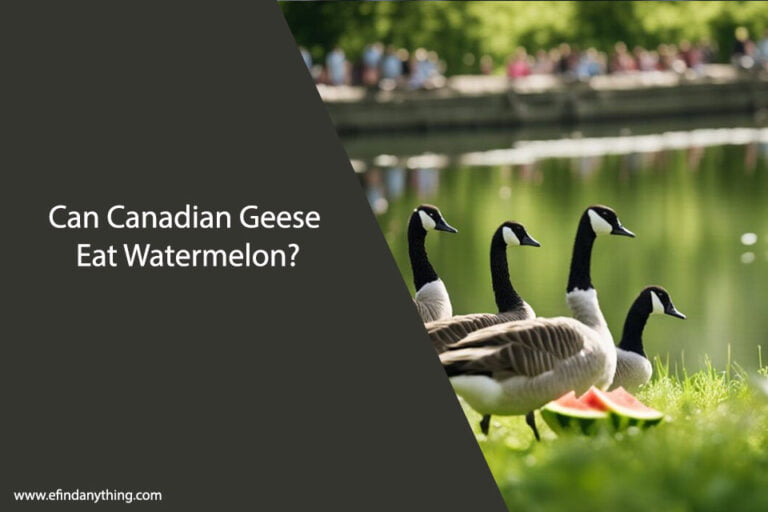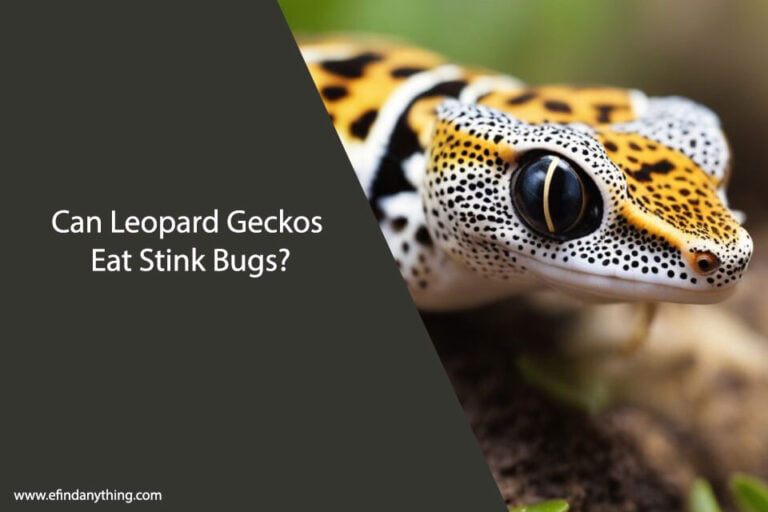Can Leopard Geckos Eat Ladybugs?
Leopard geckos are popular pets that are known for their unique appearance and docile nature. As with any pet, it is important to provide them with a balanced and nutritious diet. While there are many commercially available foods for leopard geckos, some owners may wonder if they can supplement their pet’s diet with other types of insects, such as ladybugs.

Ladybugs, also known as ladybirds, are small, brightly colored beetles that are commonly found in gardens and outdoor areas. They are often considered beneficial insects because they eat other pests such as aphids. However, when it comes to feeding them to leopard geckos, there are some important considerations to keep in mind. In this article, we will explore whether or not leopard geckos can eat ladybugs and what factors to consider before doing so.
Table of Contents
Dietary Basics of Leopard Geckos

Leopard geckos are popular pets that are easy to care for and have a relatively simple diet. In this section, we will discuss the nutritional requirements of leopard geckos and the common prey they consume.
Nutritional Requirements
Leopard geckos are insectivores, which means they require a diet of live insects to survive. They need a balanced diet that includes a variety of insects to ensure they receive all the necessary nutrients. The following table lists the nutritional requirements for leopard geckos.
| Nutrient | Requirement |
|---|---|
| Protein | 25-35% |
| Fat | 10-15% |
| Calcium | 2:1 calcium to phosphorus ratio |
| Vitamin D3 | UVB lighting or supplements |
Common Prey for Leopard Geckos
Leopard geckos have a wide variety of prey they can eat. The most common insects fed to leopard geckos include crickets, mealworms, superworms, and dubia roaches. It is important to feed them a variety of insects to ensure they receive all the necessary nutrients.
It is not recommended to feed leopard geckos ladybugs as they may contain toxins that can harm the gecko. Additionally, ladybugs are not a common prey item for leopard geckos in the wild, so they may not be able to digest them properly.
In conclusion, leopard geckos require a balanced diet of live insects to thrive. It is important to provide them with a variety of prey items to ensure they receive all the necessary nutrients. Avoid feeding them ladybugs and stick to the common prey items listed above.
Safety of Ladybugs as Food

When it comes to feeding leopard geckos, it’s important to ensure that the food is safe for consumption. Ladybugs are a common insect that some people may consider feeding to their geckos. However, before doing so, it’s important to consider the potential risks and benefits.
Toxicity Concerns
Ladybugs are known to secrete a yellowish fluid called hemolymph when they feel threatened. This fluid contains a chemical called cantharidin, which can be toxic to animals if ingested in large quantities. Cantharidin is a blistering agent that can cause internal and external blistering, gastrointestinal irritation, and even death in some cases.
While the amount of cantharidin in a single ladybug is relatively low, it’s important to note that the toxicity of cantharidin can vary depending on the species of ladybug. Some species have been found to contain much higher levels of cantharidin than others. As such, it’s difficult to determine a safe amount of ladybugs to feed to a leopard gecko.
Digestive Implications
In addition to the potential toxicity concerns, feeding ladybugs to leopard geckos can also have digestive implications. Ladybugs have tough exoskeletons that can be difficult for geckos to digest. This can lead to impaction, a condition where the digestive tract becomes blocked by undigested food.
Furthermore, ladybugs are not a natural part of a leopard gecko’s diet. While geckos are known to eat a variety of insects in the wild, they typically do not consume ladybugs. Feeding geckos a diet that is not natural to them can lead to nutritional imbalances and health issues.
In conclusion, while ladybugs may seem like a convenient and easy-to-find food source for leopard geckos, it’s important to consider the potential risks and benefits before feeding them to your gecko. Due to the potential toxicity concerns and digestive implications, it may be best to stick to feeding your gecko a diet of insects that are more commonly found in their natural habitat.
Alternative Food Sources

If you’re looking for alternative food sources for your leopard gecko, there are several options you can consider. Here are some of the most nutritionally suitable insects that you can feed your leopard gecko:
Nutritionally Suitable Insects
- Crickets – Crickets are one of the most popular food choices for leopard geckos. They are rich in protein, calcium, and other essential nutrients that your gecko needs to stay healthy.
- Mealworms – Mealworms are another great option for leopard geckos. They are high in protein and fat, which makes them a good source of energy for your gecko.
- Dubia Roaches – Dubia roaches are a great alternative to crickets and mealworms. They are rich in protein and calcium, and they are less likely to cause impaction than other insects.
- Superworms – Superworms are a good source of protein and fat for your leopard gecko. However, they are also high in chitin, which can be difficult for your gecko to digest if they eat too many.
Supplementing Diet for Optimal Health
While insects are the main source of food for leopard geckos, it’s important to supplement their diet with other foods to ensure they are getting all the nutrients they need. Here are some options to consider:
- Vegetables – Leopard geckos can eat a variety of vegetables, such as carrots, squash, and kale. These vegetables are a good source of vitamins and minerals that your gecko needs to stay healthy.
- Fruits – Fruits, such as apples and bananas, can also be fed to leopard geckos in small amounts. They are a good source of vitamins and minerals, but they are also high in sugar, so it’s important to feed them in moderation.
- Calcium Powder – Leopard geckos need calcium to maintain healthy bones and teeth. You can sprinkle calcium powder on their food to ensure they are getting enough.
Overall, there are many alternative food sources that you can consider for your leopard gecko. It’s important to provide them with a variety of foods to ensure they are getting all the nutrients they need for optimal health.
Feeding Practices for Leopard Geckos
Leopard geckos are insectivores and require a diet that is high in protein. In the wild, their diet consists of insects, such as crickets, mealworms, and waxworms. However, as a pet owner, it is important to ensure that your leopard gecko is receiving a balanced and nutritious diet. In this section, we will discuss feeding practices for leopard geckos, including feeding frequency, portion control, and size.
Feeding Frequency
Leopard geckos should be fed every two to three days. It is important not to overfeed your gecko as this can lead to obesity and other health problems. Additionally, it is recommended to feed your gecko during the evening or night as they are nocturnal animals.
Portion Control and Size
When feeding your leopard gecko, it is important to provide appropriately sized prey. The size of the prey should be no larger than the width of your gecko’s head. If the prey is too large, it can cause impaction, which is a blockage of the digestive system. It is also important to provide the appropriate portion size. A good rule of thumb is to feed your gecko as much as they can eat in 10-15 minutes.
It is important to note that not all insects are suitable for leopard geckos. Insects such as ladybugs, fireflies, and beetles should be avoided as they can be toxic to geckos. Additionally, wild-caught insects should not be fed to your gecko as they may carry parasites or diseases. It is recommended to purchase insects from a reputable supplier or breed them yourself.
In conclusion, feeding practices for leopard geckos should include feeding every two to three days, providing appropriately sized prey, and avoiding toxic or wild-caught insects. By following these guidelines, you can ensure that your leopard gecko receives a balanced and nutritious diet.
Recognizing and Addressing Health Issues
Symptoms of Dietary Distress
As responsible pet owners, it is essential to monitor our leopard geckos’ health and be aware of any signs of dietary distress. Leopard geckos are insectivores and require a balanced diet of live insects, such as crickets, mealworms, and waxworms. However, feeding them ladybugs can lead to health issues.
If your leopard gecko is experiencing dietary distress, you may notice symptoms such as:
- Loss of appetite
- Weight loss
- Lethargy
- Diarrhea
- Dehydration
- Weakness or tremors
- Stunted growth
If you suspect that your leopard gecko is experiencing any of these symptoms, you should take immediate action to address the issue.
When to Consult a Veterinarian
If your leopard gecko is exhibiting any of the symptoms mentioned above, it is crucial to take them to a reptile veterinarian as soon as possible. A veterinarian will be able to diagnose the cause of the symptoms and provide appropriate treatment.
In addition, if you are unsure about whether or not to feed your leopard gecko a particular type of insect, it is always best to consult with a veterinarian or do thorough research beforehand.
As pet owners, it is our responsibility to ensure the health and well-being of our leopard geckos. By being aware of the signs of dietary distress and seeking professional help when necessary, we can help keep our pets happy and healthy.
Frequently Asked Questions
Are there any insects that leopard geckos should avoid?
Yes, there are some insects that leopard geckos should avoid. Insects that are high in fat, such as mealworms and waxworms, should be fed sparingly or as an occasional treat. Additionally, insects that are too large or too hard to digest, such as superworms, should also be avoided.
What are the potential risks of feeding wild insects to leopard geckos?
Feeding wild insects to leopard geckos can be risky as they may contain harmful chemicals or parasites. It is best to feed captive-bred insects that are specifically raised for reptile consumption.
Is there a difference in the safety of feeding captive-bred versus wild-caught insects to leopard geckos?
Yes, captive-bred insects are generally safer to feed to leopard geckos as they are raised in controlled environments and are free from harmful chemicals and parasites. Wild-caught insects may carry diseases or parasites that can be harmful to your leopard gecko.
Can consuming certain bugs be harmful to leopard geckos?
Yes, some bugs can be harmful to leopard geckos. Insects that are toxic or have hard exoskeletons, such as fireflies or centipedes, should be avoided. Additionally, insects that have been exposed to pesticides or other harmful chemicals should not be fed to leopard geckos.
What is the ideal diet for a leopard gecko?
The ideal diet for a leopard gecko consists of a variety of insects, such as crickets, dubia roaches, and mealworms. It is important to provide a balanced diet that includes both protein and calcium.
Are there common insects that are toxic to leopard geckos?
Yes, there are common insects that are toxic to leopard geckos. Fireflies, beetles, and centipedes are all toxic and should not be fed to leopard geckos. It is important to research the insects you plan to feed your leopard gecko to ensure they are safe and nutritious.




